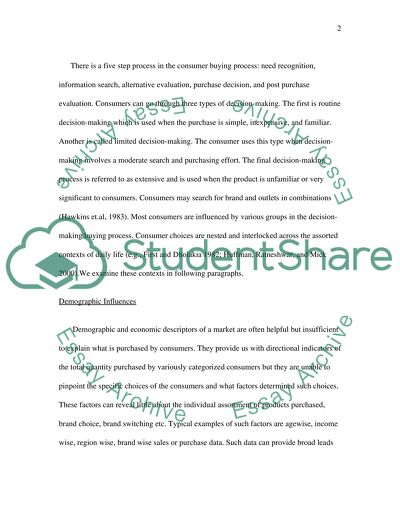Cite this document
(“Consumer Decision Process Essay Example | Topics and Well Written Essays - 3000 words”, n.d.)
Consumer Decision Process Essay Example | Topics and Well Written Essays - 3000 words. Retrieved from https://studentshare.org/marketing/1525414-consumer-decision-process
Consumer Decision Process Essay Example | Topics and Well Written Essays - 3000 words. Retrieved from https://studentshare.org/marketing/1525414-consumer-decision-process
(Consumer Decision Process Essay Example | Topics and Well Written Essays - 3000 Words)
Consumer Decision Process Essay Example | Topics and Well Written Essays - 3000 Words. https://studentshare.org/marketing/1525414-consumer-decision-process.
Consumer Decision Process Essay Example | Topics and Well Written Essays - 3000 Words. https://studentshare.org/marketing/1525414-consumer-decision-process.
“Consumer Decision Process Essay Example | Topics and Well Written Essays - 3000 Words”, n.d. https://studentshare.org/marketing/1525414-consumer-decision-process.


